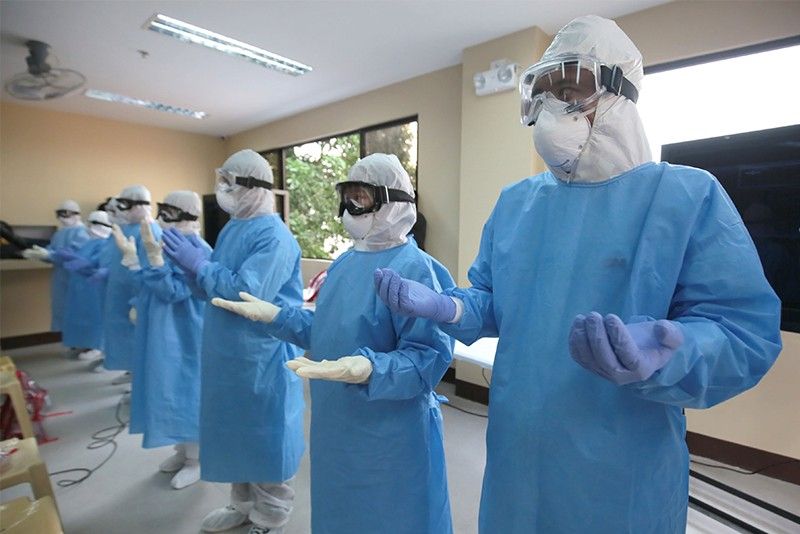Coronavirus infection likely higher than reported in Asia-Pacific, threatens growth— S&P

MANILA, Philippines — Risks are high that Asia-Pacific emerging economies, including the Philippines, are not fully capturing the extent of coronavirus infection in their jurisdictions, and that an upshot later would prove detrimental to growth, a global debt watcher said on Friday.
While "at face value" the Philippines, like much of the region, appears "somewhat insulated" from the Coronavirus Disease-19 (COVID-19) outbreak, S&P Global Ratings said there is risk the infection rate is higher than actual numbers being detected and reported.
"Reported infections are, for most part, low. For now, this explains why we have not cut growth forecasts more. However, the outlook could get worse," S&P said in a report sent to reporters.
READ: Asia-Pacific economies face $211-billion hit from virus, says S&P
"Low reported cases is likely due, in part, to minimal testing," it added.
While S&P said on the immediate, a low infection rate would "limit" the impact of economic contagion to households and firms, "it will do little to inhibit the spread of the virus where it is present."
The problem is compounded by "weak healthcare systems" in these developing economies, an indication that if a wider outbreak occurs, it would be "hard to arrest the spread and keep the fatalities low."
"This could have damaging effects on household and business confidence," the credit rater said.
The S&P report outlined "infection risk" as one of the potential drags to growth for Asia-Pacific developing countries, including the Philippines where the agency slashed its projections for the second time in three months.
For 2020, gross domestic product is now seen to expand 5.8%, down from the original estimate of 6.2% seen last December, and 6.1% forecast last month. If realized, the latest forecast would mark the fourth straight year of slower growth for the Philippines after a slump to 5.9% last year.
The projection was also lower than the 6.5-7.5% target of the Duterte administration.
That said, S&P also said it sees a growth rebound to a faster 6.7% in 2021, up from the original 6.4% outlook.
The report was released before the Philippines confirmed two more cases of COVID-19 on Friday, bringing the total number of infections to five, with one death. A total of 41 others are being monitored in hospitals for possible infection.
Before the Health department reported of two new local infections, Taiwan and Australia mentioned of two new cases involving people who have gone to the Philippines. Health Secretary Francisco Duque III said the foreigners may have caught the disease elsewhere.
Credit crunch also poses risk
Apart from risks of higher infection, S&P said an abrupt tightening of financial conditions from their current lows would deal a blow to the Asia-Pacific region.
S&P fears that with central banks focused on lowering interest rates to encourage lending, free up cash, and ultimately avert a worse fallout from the disease by boosting economic activity, once the contagion is under control, inflation can shot back up, triggering outflows and forcing authorities to hike rates.
"This would worsen the downturn and impose substantial losses across sectors," S&P said.
"We should watch global credit markets as much as asset prices in our region," it added.
- Latest
- Trending


























